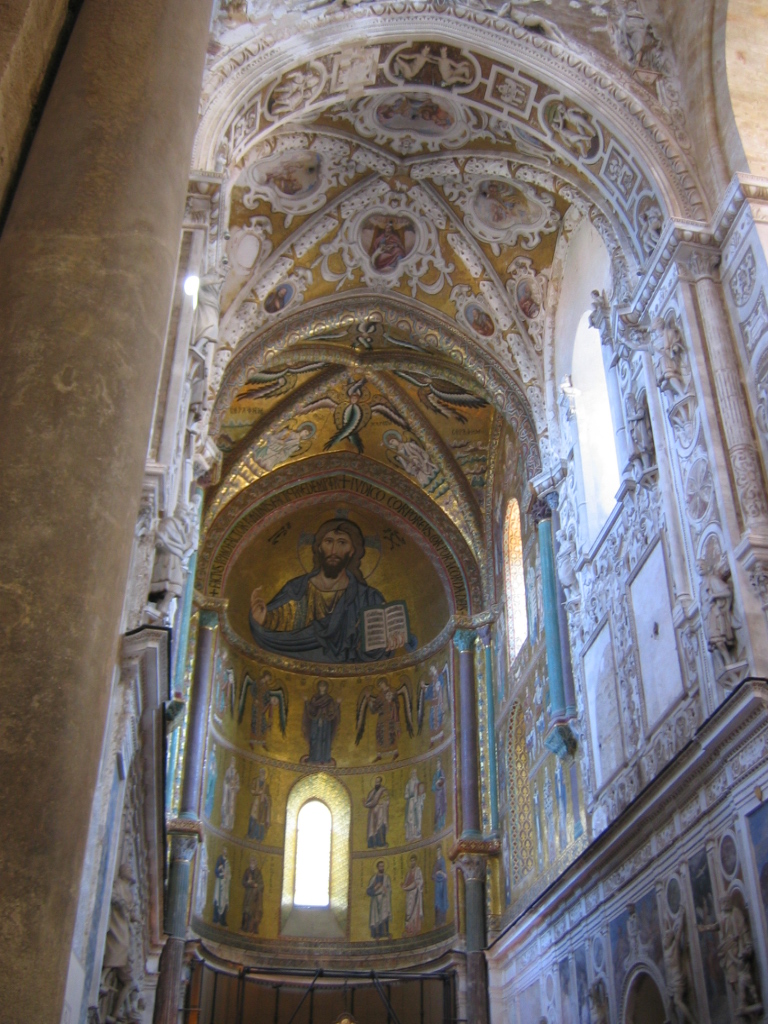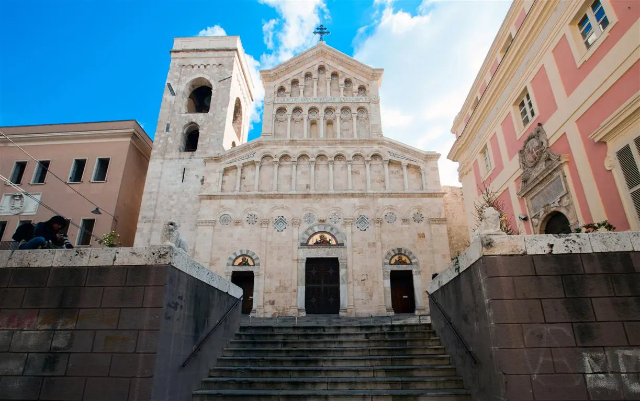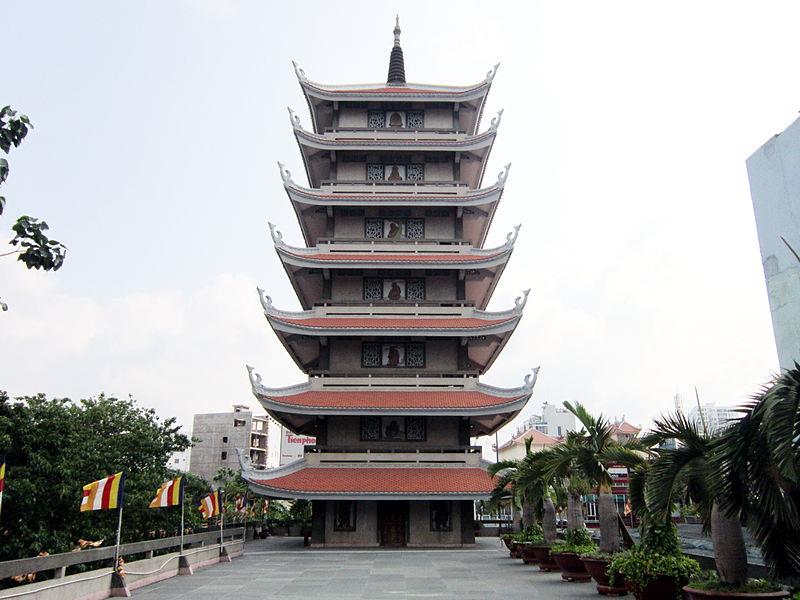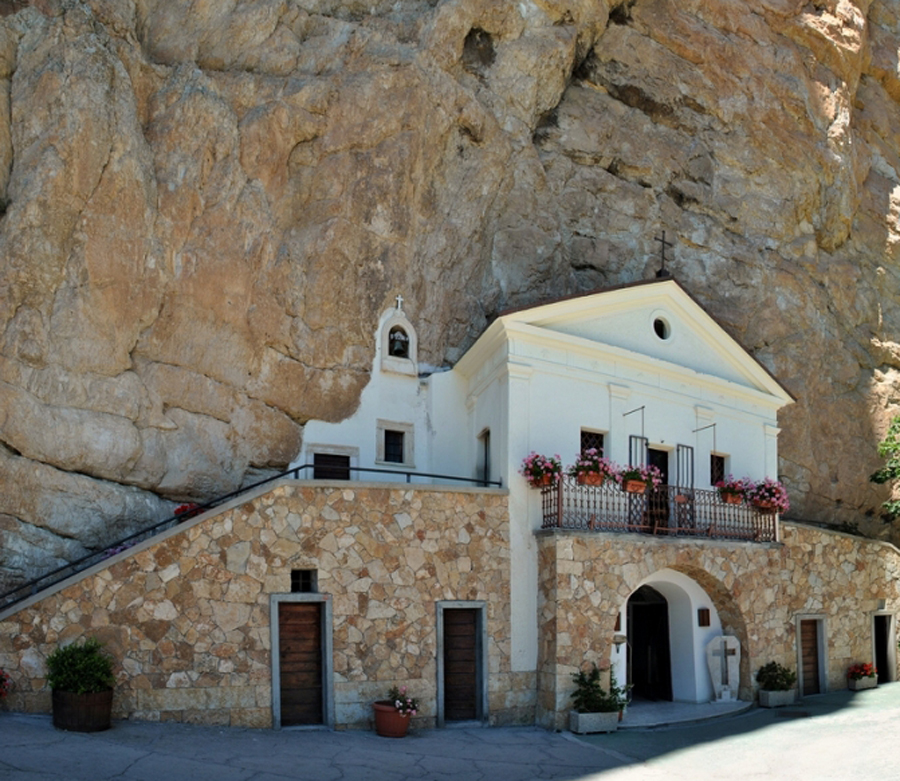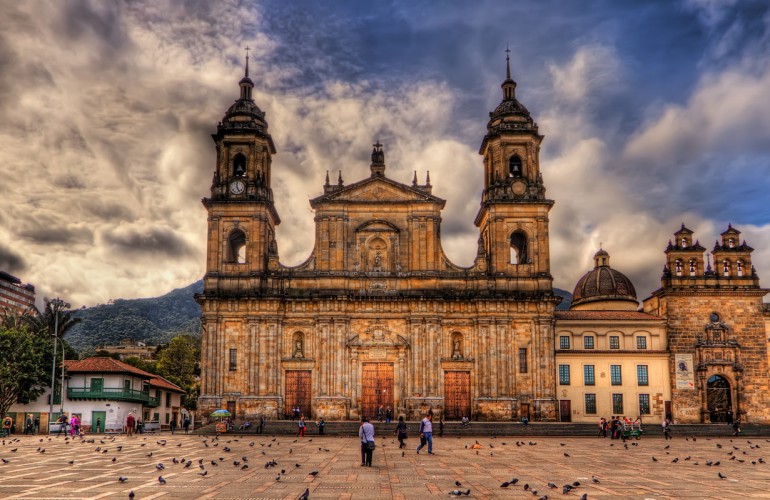An ancient legend tells that Roger II, surprised at sea by a terrible storm, to save himself made a vow that if he managed to stay alive, he would raise a majestic temple to the Savior … June 7, 1131 thus began the construction of the sumptuous Cathedral Basilica, destined to become one of the most beautiful and emblematic monuments of Cefalù and Sicily. In the Cathedral are harmoniously combined architecture and Arab art, Byzantine, Latin and Nordic in a wonderful synthesis of cultures and styles. The Cathedral stands on the top of a staircase, (the current one dates back to 1851), and dominates the square in front adorned with towering palm trees. The facade of the Duomo is the work of Giovanni Panettera and dates back to 1240. Two imposing four-storey towers frame the facade and are culminated by two unique pyramidal roofs that characterize in a unique way the profile of the Cathedral, which, together with the background of the Rock and the blue of the sea belongs to the most classic iconographic image of Cefalù.
A double row of arches on small columns decorates the facade, which is preceded by a portico with three arches, the central round arch, the lateral pointed arches. A single amazing portal richly decorated, leads us to the inside of the Church.
The plant, a Latin cross, has eight granite columns on each side, which divide the basilica into three naves and support powerful pointed arches. Some capitals of the columns are Roman, others Byzantine and have particular decorations. The roof of the nave shows the wooden beams. Two large columns support the arch that connects the main nave to the majestic transept. Five steps mark the entrance to the presbytery space, where, on the right, we find the episcopal chair and on the left the marble royal chair with mosaic decorations. The flooring in local gray stone contributes to giving the interior a severe and imposing aspect, diluted by the presence of Byzantine mosaics that cover the curve of the apse, the walls of the presbytery and the ribbed vaults. Byzantine mosaic of Christ Pantocrator in the basin of the apse of the DuomoBetween all the representations made in the mosaic, the one that stands out is that of Christ Pantocrator who, standing out in the basin of the apse, seems to welcome all his faithful as if in a great embrace and to console their souls yearning for love and peace with a single glance. Christ illuminates the atmosphere of perfect rigor of the Church, as if to reiterate the message that appears in the Gospel on his left "Christ is the light of the world". The Madonna, depicted in the band below Christ, together with the Archangels and the Apostles, seems to join in the prayer of the faithful… Patriarchs, Prophets and Saints complete the mosaic decoration on the walls of the Tribuna. The mosaics bear Greek and Latin inscriptions.
Inside the Church we can also admire a splendid Madonna by Gagini dated 1533. Recently adopted are the stained glass windows of the Cathedral realized around 1990 by the artist Michele Canzoneri.
The stained glass windows, realized with intense chromatic backgrounds, are inspired by various themes ranging from the Apocalypse to the Acts of Peter and Paul, to the Assumption of Mary. Attached to the Cathedral is the Cloister of the twelfth century, square and on three sides surrounded by a portico of twin columns whose capitals, which support ogival arches, present curious representations. In the sixteenth century the cloister was struck by a disastrous fire. Since then, numerous restorations have altered the original structure, except for the part relating to the southern wing.
